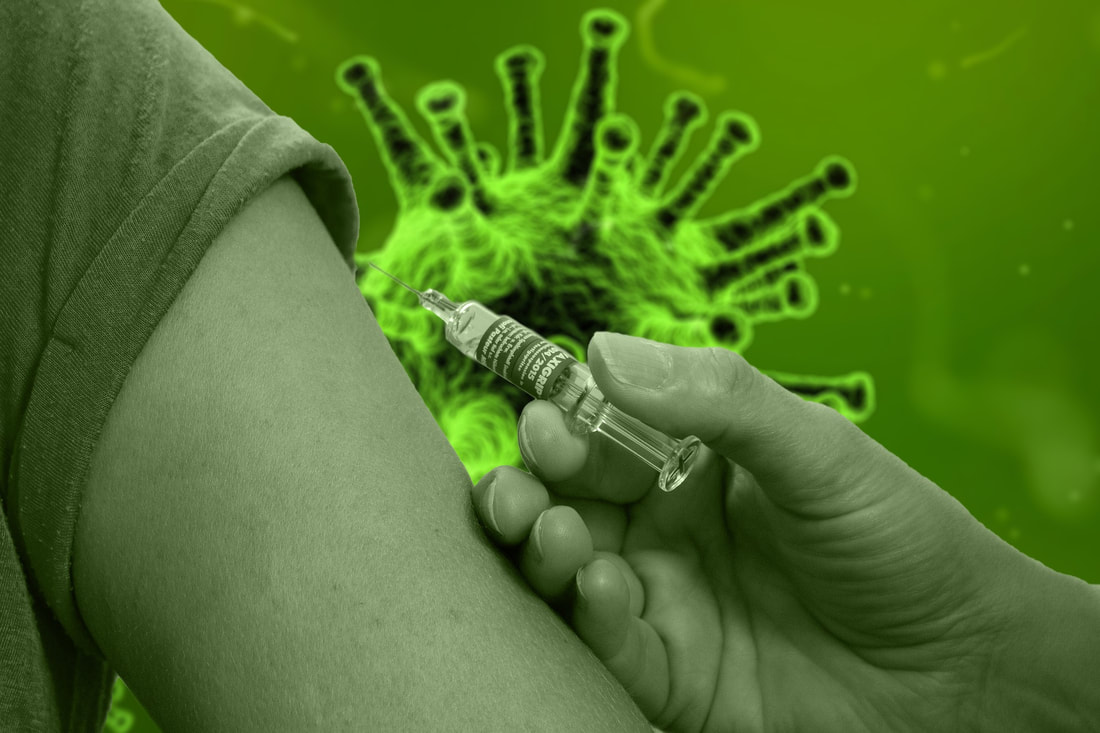|
Despite some unfortunate history, design patent filings have been steadily increasing overtime. Even big tech companies like Samsung, Apple, Microsoft, LG, and Panasonic are getting into the design patent filing game. Further, recent court cases have shown the power of design patents.
If it looks like getting a design patent is in your future or you’d like it to be, keep these design patent key features front of mind: Functionality. Are you trying to protect a functional (rather than ornamental) design? In other words, if you are touting specific functionality of the design during advertising – your design might be functional. If your design represents the “best” design – your design might be functional. If alternative designs would adversely affect function – your design might be functional. If you are concurrently filing utility patents on the same feature(s) – your design might be functional. Getting the idea? Patentability. Is your design new and non-obvious? If you are coming from the utility patent world – I am not necessarily talking about a combination of elements resulting in an obviousness or lack of novelty determination. Design patents are a bit different. Think about the overall visual impression (e.g., airiness, rigidness, suspension, etc.) of the design to be patented and then see if you can find a reference that creates a similar visual impression or a combination of references that create the same overall visual appearance and impression. Get some feels about the design. Application. Can your design (e.g., fabric pattern) be used for or on different articles of manufacture? If so, consider a separate design patent for each article of manufacture. Seems heavy handed but design patents are relatively inexpensive (no maintenance fees but lasts 15 years), and you’ll be happy you did when someone puts your design on a different article of manufacture than the one you patented. In the end, design patents are an awesome addition to a portfolio if they’re the right answer for protecting your innovation and if done correctly. Find a trusted draftsperson for the figures and a knowledgeable practitioner – because in the end, it’s all in the design.
0 Comments
A vaccine for COVID-19 remains a hot topic in many people’s minds as a prerequisite for a return to normalcy. Thus it should come as little surprise that a number of companies both large and small are hot on the trail. As of April 20, 2020, WHO reported knowledge of 76 unique endeavors worldwide to generate a vaccine - with each pursuing one of a number of different approaches. While the exact numbers of new applications are still hidden behind the standard confidentiality policies of patent offices worldwide, it is practically certain that this torrent of interest will be matched with a similar storm of new IP.
Vaccines, along with diagnostic tests that have played a critical roll in areas with a strong handle on the epidemic, can sometimes fall into a troublesome section of U.S. patent law precedent based on the very fundamentals of their operation. Vaccines intend to bolster a person’s immune response against a pathogen by exposing the subject to a weaker version or fragment of it, and diagnostics frequently employ known complementary or relevant biomolecules to accurately identify its targets. Ever since the 2013 U.S. Supreme Court decision in Association for Molecular Pathology v. Myriad Genetics, Inc., which primarily dealt with human DNA sequences for cancer screens, unmodified products of nature, even when isolated outside of their natural environments, are not patent eligible. Therefore, none of these contenders in the race for a vaccine will be able to simply claim the COVID-19 RNA sequence or any of its protein components and call it a day. If they want patent protection for their vaccine, their claims must more closely match the subsequent effort that produces modern efficacious vaccines beyond mere identification and sequencing. This often includes modifications to the fundamental biomolecules to improve its exposure to the body’s immune system or its manufacture by some clever, synthetic process. Sometimes, this means packing together or fusing biomolecules from different sources, such as an Oxford University group’s use of a chimpanzee adenovirus vector. Furthermore, the vaccine needs to be properly formulated so it can be safely transported and administered to patients, leading to rigorous experiments testing the shelf life of the chosen biomolecules in various solutions and under wide ranging conditions. In this manner, we will find not just one, but many, COVID-19 vaccine patents once the pre-publication window at the patent offices ends and we all are able to peer into the technical details. Until then, we will have to wait and see which of the many projects will yield successful vaccines and strong patents (all of the aforementioned modifications, while circumventing the natural product exclusion, must still be novel and non-obvious to one of skill in the art), but during this public health crisis, it is encouraging to know that no simple catch-all vaccine patent can threaten to stifle the widespread ingenuity and hard labor we very much need. |
Ashley Sloat, Ph.D.Startups have a unique set of patent strategy needs - so let this blog be a resource to you as you embark on your patent strategy journey. Archives
July 2024
Categories |



 RSS Feed
RSS Feed